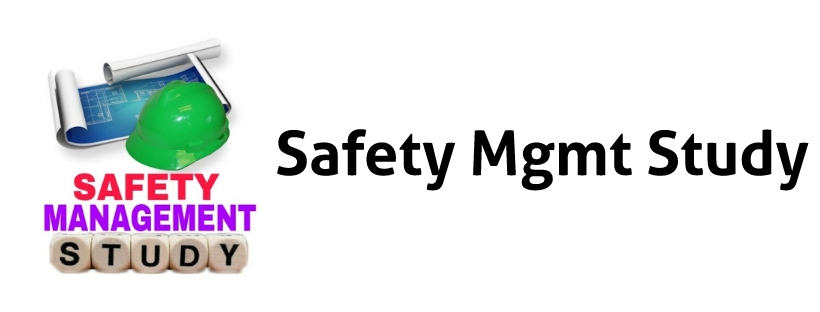Advancements in Confined Space Safety: Keeping Workers Safe
Confined spaces can be dangerous places. Whether it’s a tank, tunnel, or utility vault, these areas come with serious risks like toxic gases, lack of oxygen, and the potential for accidents. However, thanks to recent advancements in technology, working in confined spaces has become safer than ever.
Key Safety Innovations
1. Better Monitoring Tools
New monitoring systems are now available that track the air quality inside confined spaces in real time. These tools check for dangerous gases and low oxygen levels, alerting workers and supervisors immediately if something is wrong. Some systems even connect to the cloud, making it easier for supervisors to monitor conditions from a safe distance.
2. Digital Twin Technology
Digital twin technology creates a virtual model of a confined space, allowing safety teams to simulate conditions before workers enter. This approach, part of a $1.4 million research project led by the University of Cincinnati, helps predict and avoid potential hazards.
3. Wearable Safety Devices
Wearable technology is making it easier to protect workers. Devices like smart helmets and gas detectors keep workers safe by constantly monitoring their environment and sending real-time alerts if dangerous conditions are detected. This technology provides an extra layer of security, ensuring that help can arrive quickly if something goes wrong.
4. Robotic Inspections
Drones and robots are now being used to inspect confined spaces before human workers enter. These robots can go into areas too dangerous for people, gathering data and providing a clearer picture of potential hazards.
Real-World Impact: Lessons from OSHA
Recent inspections have highlighted how crucial it is for companies to follow safety protocols. For example, Frazer & Jones LLC faced nearly $1 million in penalties after an OSHA inspection revealed several safety violations in confined spaces, including inadequate monitoring of air quality and insufficient training. This serves as a reminder that adopting new safety technologies isn’t just smart—it’s necessary.
Why These Changes Matter
These advancements not only make confined space work safer, but they also help companies comply with safety regulations. By adopting these tools, companies can reduce accidents, protect their workers, and improve productivity.



.jpg)









.png)


0 Comments